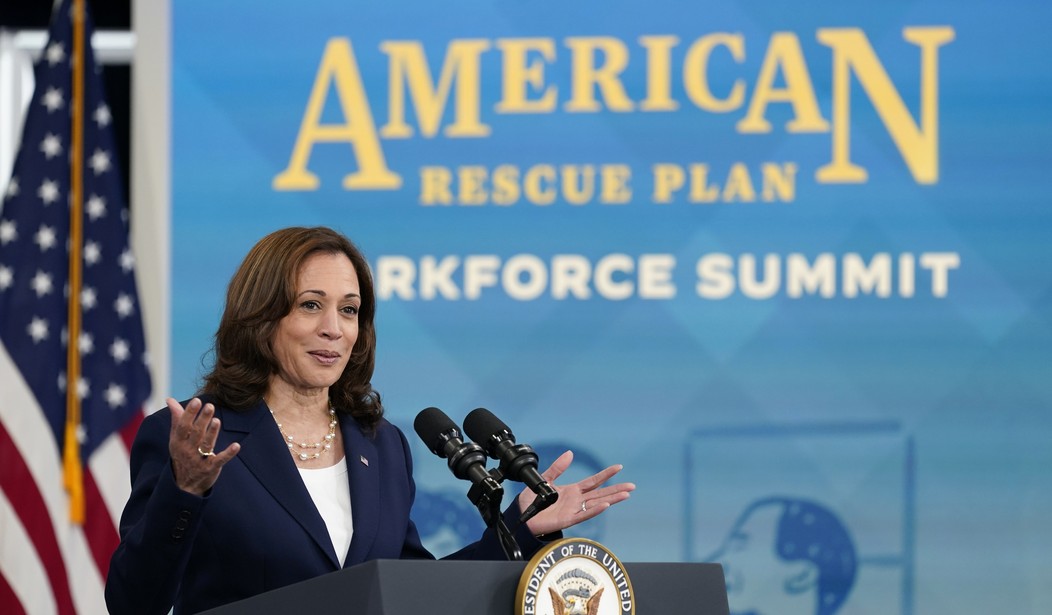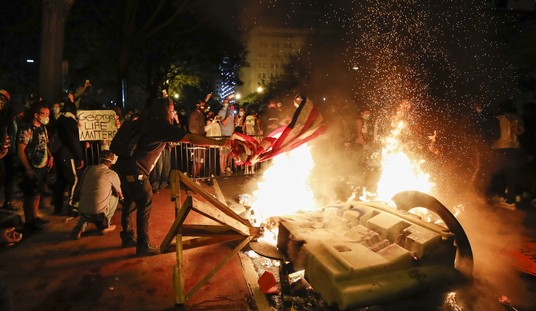We’re two years removed from the passage of the American Rescue Plan Act (ARPA), the $2 trillion “stimulus” measure that Congress passed in March of 2021, and the verdict on much of that spending can now be delivered.
The biggest line item in the bill was the $350 billion given to state and local governments to deal with revenue shortfalls and other pandemic-related expenditures — like golf courses.
But here we are two years later, and, astonishingly, only 45% of the $350 billion in funds to bail out states has been spent. Local governments had reported to the Government Accountability Office (GAO) that they spent just 38% of their funds received through ARPA.
“The new GAO study confirms that the ARPA spending was not needed,” Chris Edwards, chair of fiscal studies at the Cato Institute, tells Reason. “By the fall of 2020, it was clear that the states were in good fiscal shape and not facing Armageddon as many policymakers were claiming. They did not need federal handouts.”
It would be more accurate to say that most states did not need federal handouts. That was one of the primary objections to the bill. By March 2021, there may have been a dozen states — most of them blue states — whose finances were so mismanaged that it was possible that they would have to declare bankruptcy. Many states like Illinois, used the ARPA money to rescue their failing pension systems. Others spent the cash on frivolous extras.
Did the money do any good?
The effectiveness of that spending has been repeatedly called into question. In a National Bureau of Economic Research working paper published in June 2022, a trio of researchers found that pandemic-era aid distributed to state and local governments had cost taxpayers about $855,000 per job saved. The stimulus spending had only “a modest impact on government employment and has not translated into detectable gains for private businesses or for states’ overall economic recoveries,” concluded University of California, San Diego economists Jeffrey Clemens and Philip Hoxie and American Enterprise Institute senior fellow Stan Veuger, the paper’s three authors.
“Even the unstated assumption behind these handouts — that Washington should step in if there are dips in state revenue — is badly flawed,” wrote David Ditch and Richard Stern, policy analysts at the Heritage Foundation. “Many states are fiscally mismanaged, and federal bailouts enable them to avoid much-needed discipline.”
Tourism is nice and roads are in some ways an essential government function, but the emergency COVID spending was meant to help states address an immediate public health crisis—or to offset the costs of it. It’s not at all clear how highway construction was a victim of the pandemic, and “travel marketing” is something that shouldn’t be funded with taxpayer dollars no matter where they come from.
If there ever was a need for emergency aid to states and localities, it has obviously long since passed. Edwards points out that state and local tax revenue in the first quarter of 2023 was up 25 percent over the first quarter of 2020—which immediately preceded the onset of the pandemic.
Perhaps a lot of those states should give the unspent money back to the U.S. treasury.










Join the conversation as a VIP Member